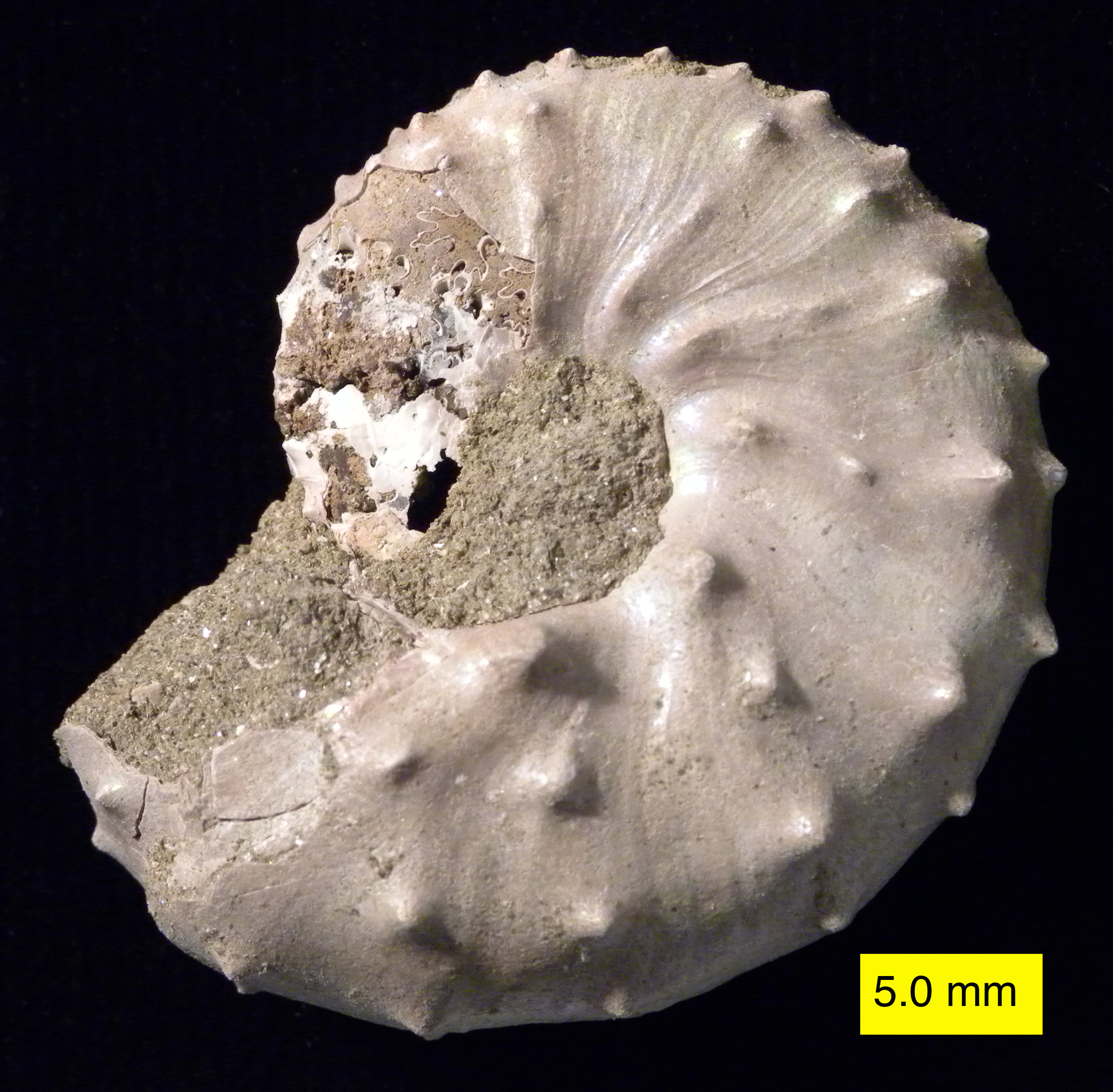|
Cretaceous–Paleogene Extinction Event
The Cretaceous–Paleogene (K–Pg) extinction event, also known as the K–T extinction, was the mass extinction of three-quarters of the plant and animal species on Earth approximately 66 million years ago. The event caused the extinction of all non-avian dinosaurs. Most other tetrapods weighing more than also became extinct, with the exception of some ectothermic species such as sea turtles and crocodilians. It marked the end of the Cretaceous period, and with it the Mesozoic era, while heralding the beginning of the current era, the Cenozoic. In the geologic record, the K–Pg event is marked by a thin layer of sediment called the K–Pg boundary or K–T boundary, which can be found throughout the world in marine and terrestrial rocks. The boundary clay shows unusually high levels of the metal iridium, which is more common in asteroids than in the Earth's crust. As originally proposed in 1980 by a team of scientists led by Luis Alvarez and his son Walter, it is now g ... [...More Info...] [...Related Items...] OR: [Wikipedia] [Google] [Baidu] |
Asteroid
An asteroid is a minor planet—an object larger than a meteoroid that is neither a planet nor an identified comet—that orbits within the Solar System#Inner Solar System, inner Solar System or is co-orbital with Jupiter (Trojan asteroids). Asteroids are rocky, metallic, or icy bodies with no atmosphere, and are broadly classified into C-type asteroid, C-type (carbonaceous), M-type asteroid, M-type (metallic), or S-type asteroid, S-type (silicaceous). The size and shape of asteroids vary significantly, ranging from small rubble piles under a kilometer across to Ceres (dwarf planet), Ceres, a dwarf planet almost 1000 km in diameter. A body is classified as a comet, not an asteroid, if it shows a coma (tail) when warmed by solar radiation, although recent observations suggest a continuum between these types of bodies. Of the roughly one million known asteroids, the greatest number are located between the orbits of Mars and Jupiter, approximately 2 to 4 astronomical unit, AU ... [...More Info...] [...Related Items...] OR: [Wikipedia] [Google] [Baidu] |
